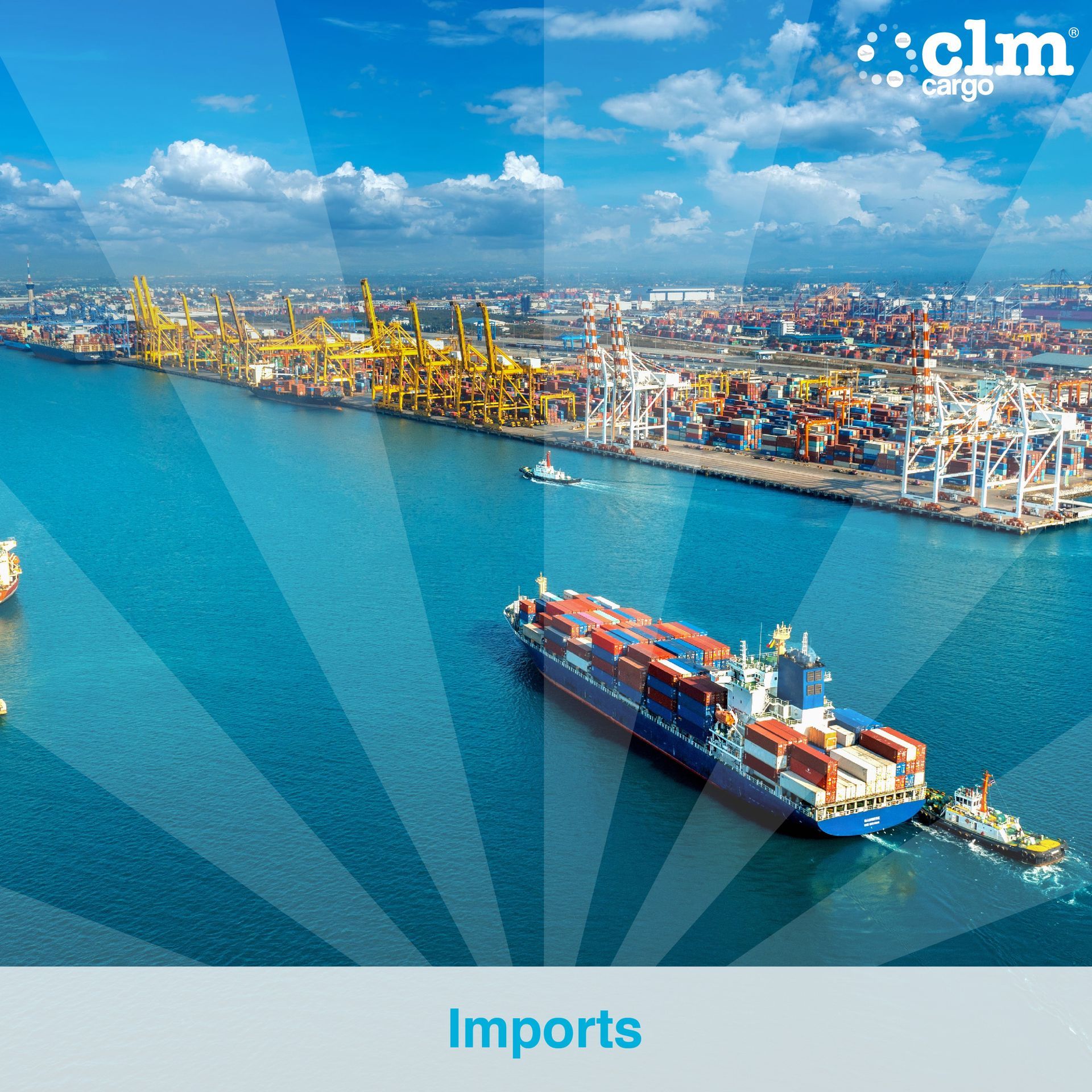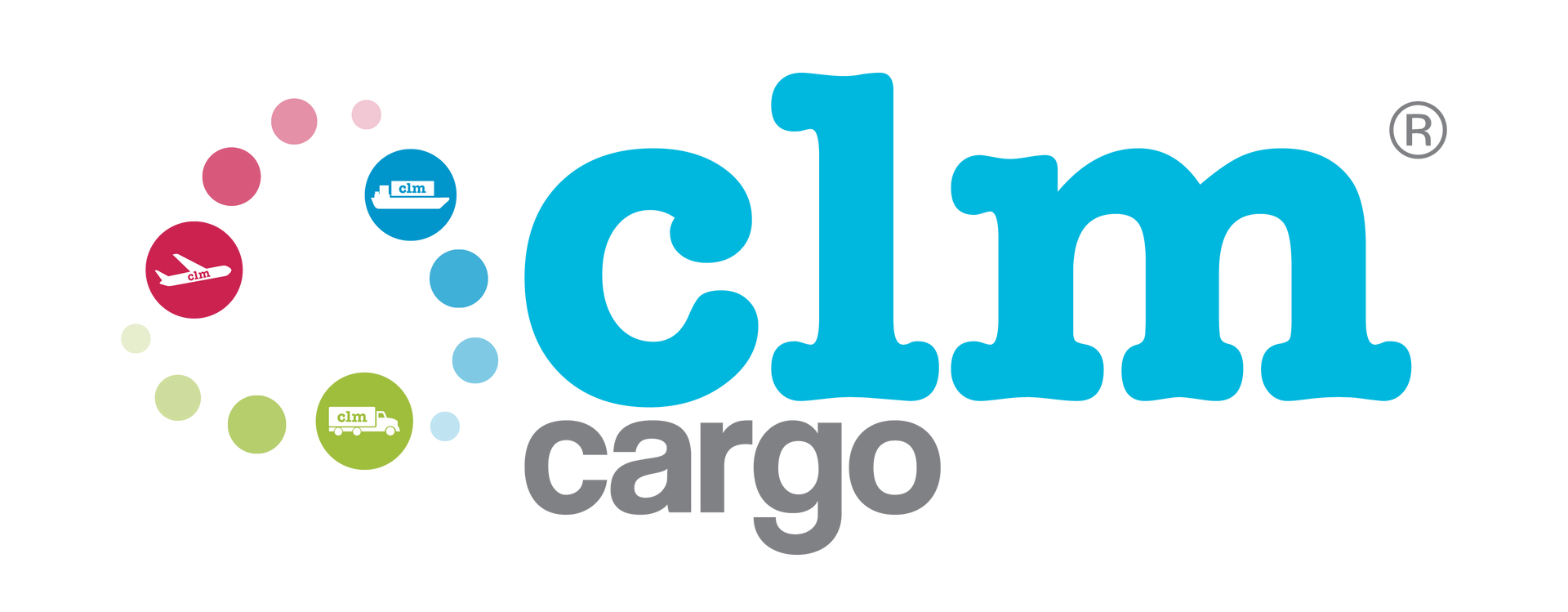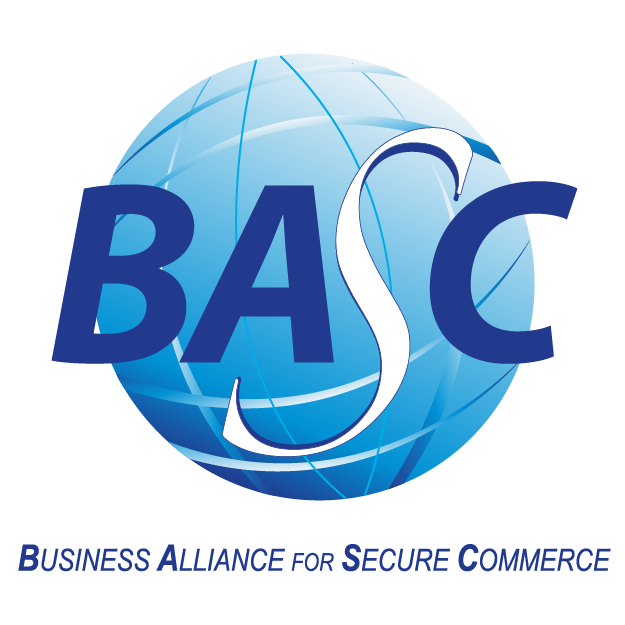HOW TO IMPORT IN COLOMBIA
20 Steps to Import into Colombia Everything
You Need to Know to Import in 1, 2, 3

In this section, we will guide you step by step on how to import into Colombia easily and safely. Although several procedures must be completed with different entities, and it is advisable to seek expert guidance, the steps below cover almost everything you need to consider to produce, sell, and recover your investment.
1. CHOOSE YOUR SUPPLIER
Keep in mind that Colombia has several trade agreements with different countries and regions. These agreements may reduce the import taxes on your product if the origin and tariff classification qualify. Take advantage of this benefit when selecting your supplier.
Consider delivery times, warranties in case of issues, dispute resolution location and language, and ensure these details are specified in a contract.
2. VERIFY IF YOUR PRODUCT HAS A CERTIFICATE OF ORIGIN
Colombia has been expanding its trade relations since 1973 and currently has around 17 trade agreements with approximately 70 countries.
However, just because a product originates from a country with a trade agreement does not automatically mean it qualifies for tariff preferences. Your supplier must confirm whether a certificate of origin applies. Ensure the certificate includes a valid tariff classification for Colombia; if different, the correct classification should be noted.
3. CHECK THE TARIFF CLASSIFICATION
Globally, tariff codes have six digits, but in Colombia, they have ten. Your supplier must provide the product’s tariff code, and you should verify if it applies in Colombia.
If your supplier is unsure, you can classify the product using its technical specifications and description. DIAN (Colombia’s tax and customs authority) offers a free tool for classification, or an expert can assist you. Reading explanatory notes is essential to ensure accurate classification.
4. CHECK IMPORT REQUIREMENTS FOR YOUR TARIFF CLASSIFICATION
Once you have the correct tariff classification, verify any specific import requirements. These may include prior registration or licenses, reference prices, or other conditions that require early planning.
5. REVIEW YOUR RUT AND CHAMBER OF COMMERCE REGISTRATION
To import into Colombia, you must be registered as a VAT taxpayer and authorized in the RUT (Unique Tax Registry) as a customs user-importer. Ensure:
- Box 53: Code 10 (Customs User)
- Box 54: Code 23 (Importer)
6. PLACE AN ORDER WITH YOUR SUPPLIER AND REQUEST AN INVOICE & PACKING LIST
Once you determine purchase quantities, obtaining an initial invoice and packing list allows you to estimate import costs. This helps assess whether your initial order is profitable or requires adjustments.
7. INITIAL EXCHANGE RATE ESTIMATION
The import process takes 8 to 70 days, depending on the origin/destination, production time, and logistics. It is recommended to pre-calculate your import with an exchange rate COP90 to COP150 above the official TRM.
Colombia’s currency has high volatility, with fluctuations between COP3,800 and COP4,000 within a few months, so maintaining a buffer in your calculations is crucial.
8. CONTACT A TRUSTED FREIGHT FORWARDER & CUSTOMS BROKER
Your freight forwarder and customs broker should provide:
- Import cost estimates
- Tariff classification restrictions
- Additional required documents
- Step-by-step support throughout the process
9. DETERMINE THE TRANSPORT MODE BASED ON WEIGHT/VOLUME & TRANSIT TIME
Using the packing list, you can determine if your shipment qualifies for:
- Courier
- Courier with modality change
- Air cargo
- Loose cargo
- Consolidated cargo (LCL or groupage)
- Full container load (FCL)
Once you select the mode, you can estimate transit times.
10. REVIEW YOUR IMPORT BUDGET
Plan your budget considering the required funds at the necessary stages of the operation. Failing to have them on time may result in additional costs and delays in receiving your goods. On average, an import process can cost between 20% to 40% over the FOB value. If you are importing on credit, also consider financial expenses.
11. REQUEST FINAL DOCUMENTS ONCE YOU CONFIRM THE ORDER
If any changes were made to the final documents, the budget must be adjusted accordingly. Additionally, inform your customs broker that you have the documents so they can begin processing any required licenses or prepare the import declarations in advance.
12. MAKE PAYMENT TO YOUR SUPPLIER THROUGH A VALID METHOD WITH THE CORRECT CODES
You can pay using a company credit card or by negotiating the exchange rate through a money desk and completing the forms with the appropriate transaction codes.
13. REGISTER YOUR COMPANY WITH CUSTOMS AND THE PORT IN ADVANCE
To be represented before DIAN and the port, your company must authorize us through a power of attorney. Registration processing time varies from 24 to 48 hours. While this step seems simple, if not completed before your cargo arrives, you may incur extra port charges of up to USD 100 or more per day due to delays.
14. OBTAIN THE IMPORT REGISTRATION IF REQUIRED BEFORE YOUR CARGO ARRIVES
Import registration is an additional procedure that must be submitted to a specific regulatory entity. Some key regulatory bodies in Colombia include:
- INVIMA (Health and Food Safety)
- ICA (Agricultural and Animal Products)
- Superintendency of Surveillance and Private Security
- Superintendency of Industry and Commerce
- INDUMIL (Military Industry)
- National Environmental Licensing Authority (ANLA)
This registration is processed through VUCE (Single Foreign Trade Window) and typically takes 2 to 4 days.
15. HAVE FUNDS AVAILABLE BEFORE YOUR CARGO ARRIVES
Ensuring funds are ready facilitates timely payments to different entities. This prevents additional storage fees and container delays, especially for FCL (Full Container Load) imports.
16. RECEIVE YOUR CARGO IN YOUR WAREHOUSE WITH A SMILE
Once your shipment clears customs selectivity and release, we can schedule its loading and delivery to your location. If you need unloading personnel, you can also include this in your service request.
Your trusted freight forwarder’s job is to simplify the process for you. Seek guidance in advance to make the best purchasing decisions. While your agent handles most of the process, as the cargo owner, you should clearly understand the steps involved.
17. VERIFY IF EVERYTHING YOU ORDERED IS IN GOOD CONDITION
Check your goods as soon as possible upon arrival. Ideally, they should arrive in perfect condition, which depends on packaging, packing, and handling throughout the logistics chain.
If any issues arise, report them immediately to file a claim with your insurer. While time lost cannot be recovered, a good insurance provider will send an adjuster to assess damages and begin the claims process, which typically takes less than a month to recover funds.
18. FINALIZE IMPORT COSTS & DETERMINE PRODUCT PRICING
After completing the import process, calculate the total costs, which typically include:
- Product cost
- Logistics costs (excluding VAT, as it is refundable)
- Financial costs incurred in the transaction
Consider how you paid your supplier: advance payment, full payment, credit, or multiple installments. Each payment may have been made at different exchange rates, affecting the final cost.
Additionally, international freight and origin expenses are often charged in foreign currency. Finally, your import declaration is processed at DIAN’s exchange rate, which corresponds to the previous week's closing rate. Understanding these exchange rate variables is crucial to finalizing your costs.
19. CLOSE YOUR IMPORT DECLARATION WITH THE FOREIGN EXCHANGE DECLARATION
Complete the bank form with the financial institution used for the payment to legalize the import declarations provided by your customs broker.
20. START SELLING, MANUFACTURING, OR PRODUCING & RECOVER YOUR INVESTMENT
Now it’s time to recover your investment and restart your operations!
Remember, from A to B, CLM Cargo has been at your service in the United States and Colombia since 2007!
Useful Information:
- Colombia’s Trade Agreements with the World: Visit Here
- Want to get an online quote for your import shipment?






